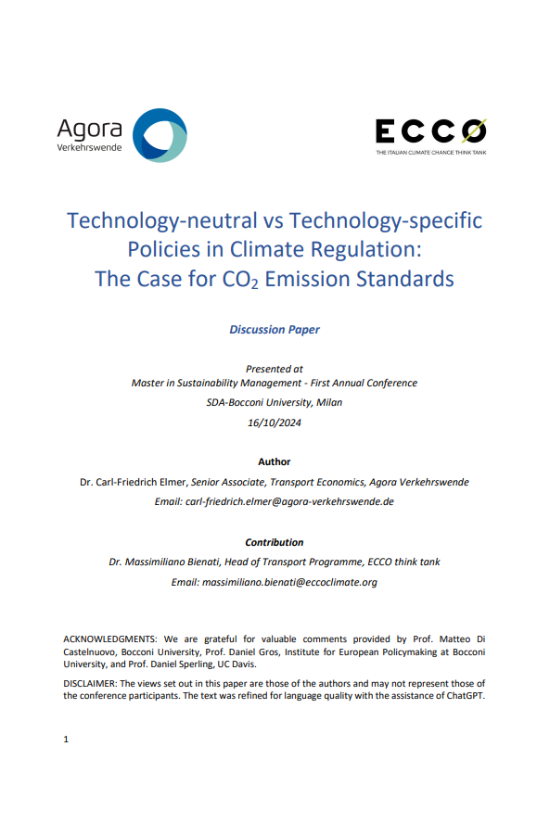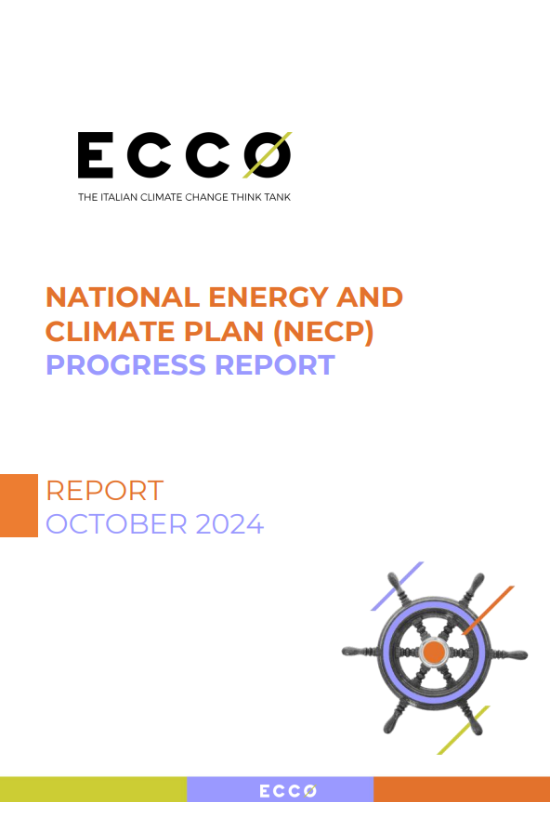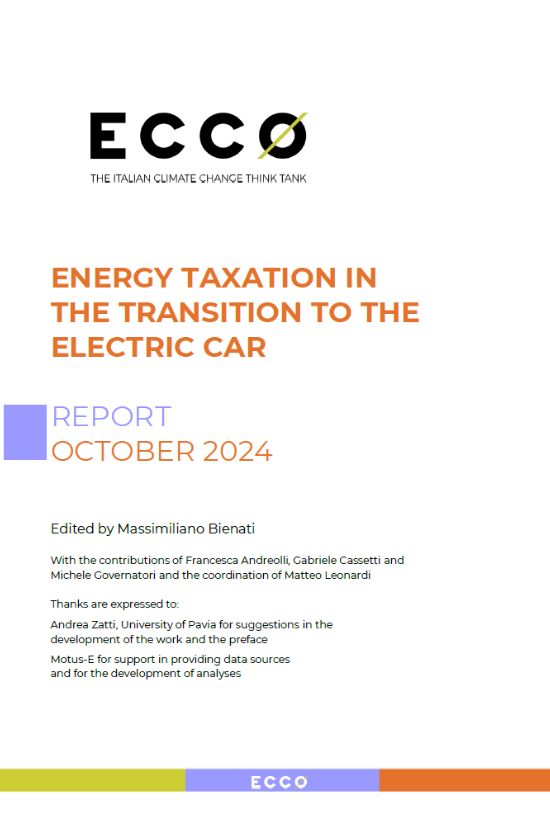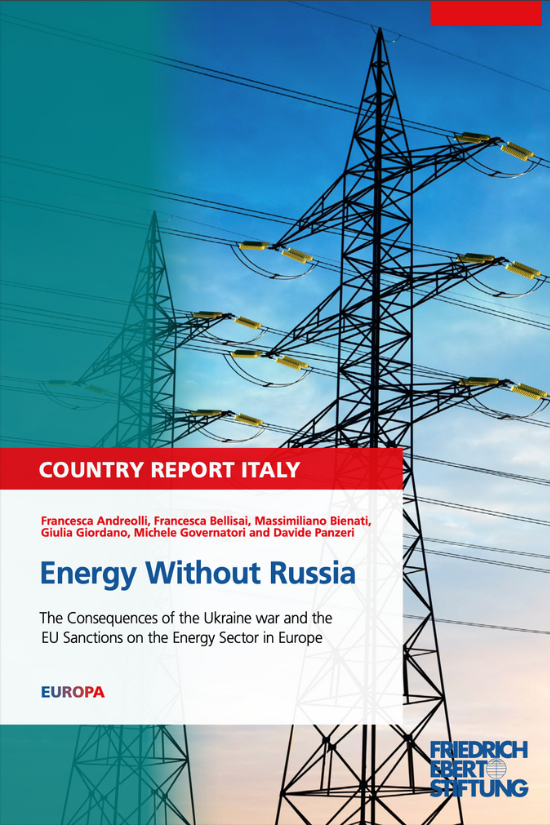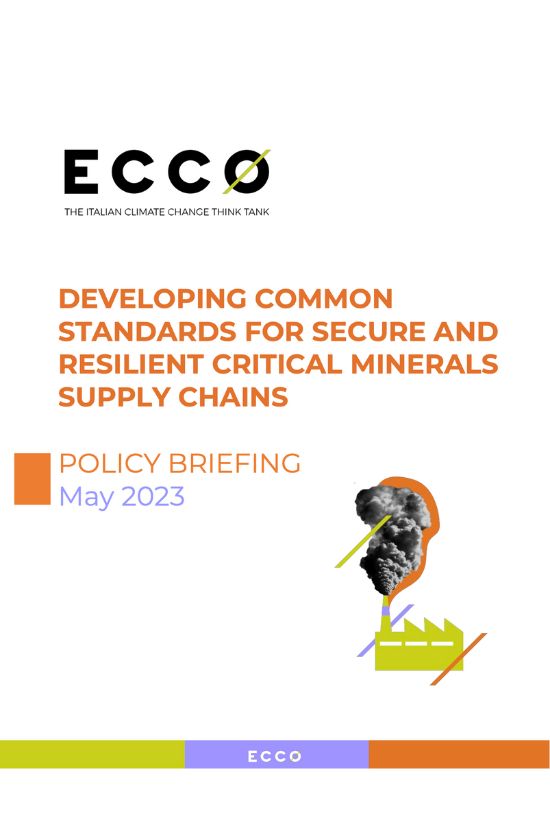Publications
Search
Filters
Authors
/ Alexandra Scott
/ Andrea Ghianda
/ Annalisa Perteghella
/ Beatrice Moro
/ Carolina Bedocchi
/ Caterina Molinari
/ Cecilia Trasi
/ Chiara Di Mambro
/ Chiara Mariotti
/ Chloe Pagliaro
/ Costanza Scano
/ Davide Panzeri
/ ECCO think thank
/ Eleonora Cogo
/ Federico Tassan-Viol
/ Filomena Annunziata
/ Francesca Andreolli
/ Francesca Bellisai
/ Gabriele Cassetti
/ Giovanni D'Amico
/ Giulia Colafrancesco
/ Giulia Giordano
/ Giulia Novati
/ Giulia Signorelli
/ Ilaria Mazzocco
/ Lorena Stella Martini
/ Luca Bergamaschi
/ Luca Iacoboni
/ Mario Noera
/ Marta Lovisolo
/ Massimiliano Bienati
/ Matteo Leonardi
/ Matteo Viola
/ Michele Governatori
/ Nicolas Drago
The debate on technology neutrality versus technology specificity in environmental regulation, particularly in addressing climate change, has flared up again recently. While earlier discussions
centered on decarbonizing electricity generation, primary attention has shifted to the transition to zero-emission mobility. Critics of the CO2 limits complain that they are not sufficiently technology-neutral, thereby restricting abatement options, limiting flexibility for vehicle manufacturers, and leading to unnecessary costs.
As a party to the Paris Agreement and as a member of the European Union, Italy’s national contribution is linked with that of other member states and, together, they are legally obliged to achieve a 55% reduction in net emissions, compared to 1990 levels, by 2030. The National Energy and Climate Plan (NECP) provides a national framework for countries to implement their emissions reduction commitments. A Plan that openly falls short of some of the objectives set by the Fit for 55 proposals.
This report aims to quantify the evolution of revenue from the fiscal and parafiscal components of energy carriers for road mobility; describe the current fiscal and parafiscal structures of energy carriers for car mobility; and provide options for designing fiscal energy policies aimed at maintaining revenue neutrality without introducing contradictions to climate policies.
The Russian invasion of Ukraine and the energy crisis which came in its wake have produced significant impacts on the energy sector in many EU countries, including Italy. This study shows that customers reacted to high gas prices by reducing consumption over and above the European target of 15%, with gas consumption dropping 18.6% from August 2022 to January 2023, in the absence of structural measures.
The increasing production and the pace of penetration of clean technologies required to a radical transformation of the global energy system critically depend on the availability of critical minerals.
The high geographic fragmentation of mining activities and the Asian dominance in the processing and refining stages of critical minerals require a progressive diversifying, reshaping and strengthening of the global supply chain structure in order to manage supply risks.
The debate on technology neutrality versus technology specificity in environmental regulation, particularly in addressing climate change, has flared up again recently. While earlier discussions
centered on decarbonizing electricity generation, primary attention has shifted to the transition to zero-emission mobility. Critics of the CO2 limits complain that they are not sufficiently technology-neutral, thereby restricting abatement options, limiting flexibility for vehicle manufacturers, and leading to unnecessary costs.
As a party to the Paris Agreement and as a member of the European Union, Italy’s national contribution is linked with that of other member states and, together, they are legally obliged to achieve a 55% reduction in net emissions, compared to 1990 levels, by 2030. The National Energy and Climate Plan (NECP) provides a national framework for countries to implement their emissions reduction commitments. A Plan that openly falls short of some of the objectives set by the Fit for 55 proposals.
This report aims to quantify the evolution of revenue from the fiscal and parafiscal components of energy carriers for road mobility; describe the current fiscal and parafiscal structures of energy carriers for car mobility; and provide options for designing fiscal energy policies aimed at maintaining revenue neutrality without introducing contradictions to climate policies.
The Russian invasion of Ukraine and the energy crisis which came in its wake have produced significant impacts on the energy sector in many EU countries, including Italy. This study shows that customers reacted to high gas prices by reducing consumption over and above the European target of 15%, with gas consumption dropping 18.6% from August 2022 to January 2023, in the absence of structural measures.
The increasing production and the pace of penetration of clean technologies required to a radical transformation of the global energy system critically depend on the availability of critical minerals.
The high geographic fragmentation of mining activities and the Asian dominance in the processing and refining stages of critical minerals require a progressive diversifying, reshaping and strengthening of the global supply chain structure in order to manage supply risks.
